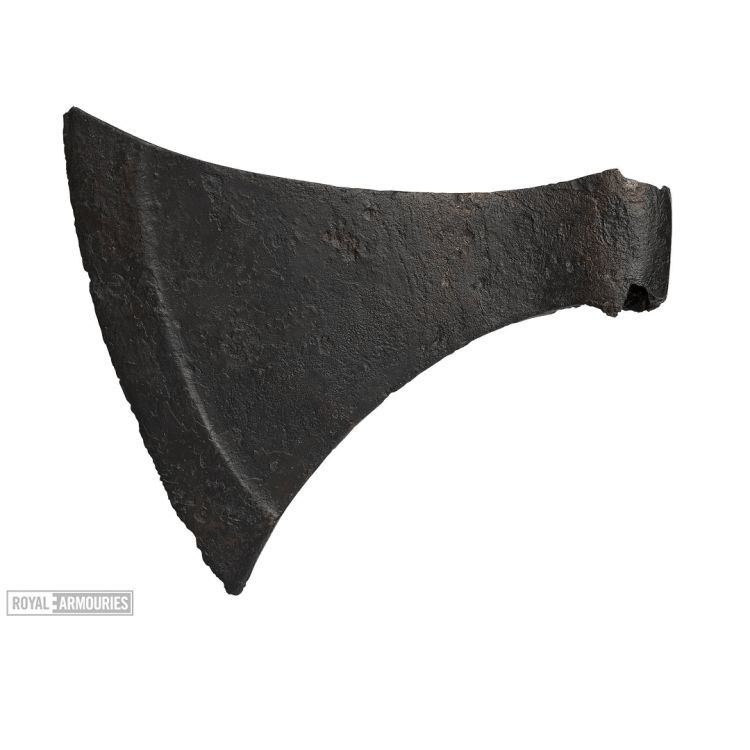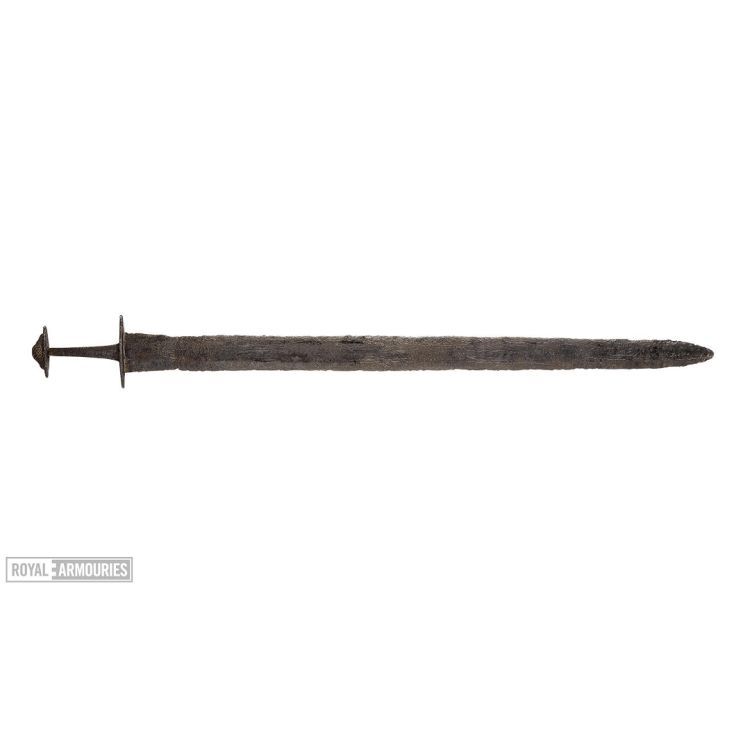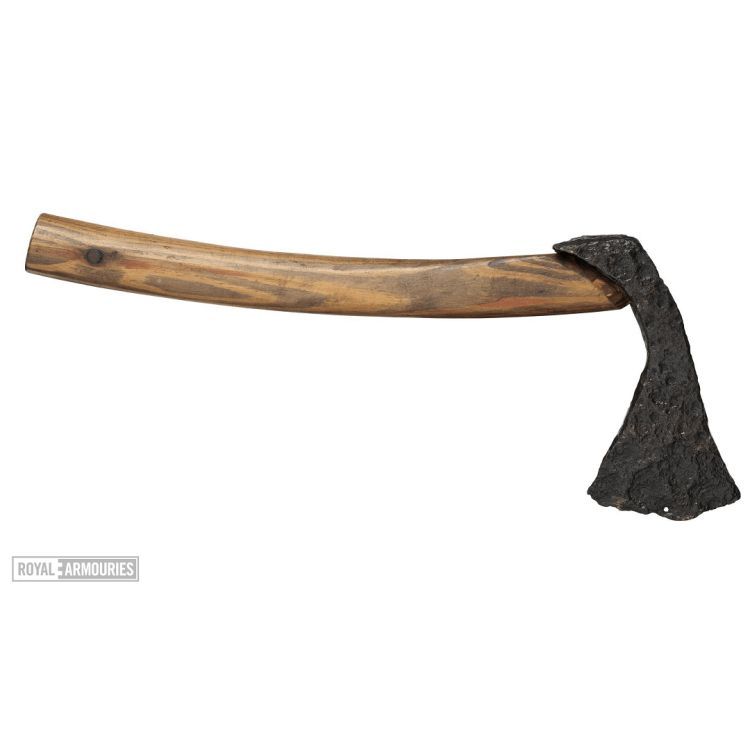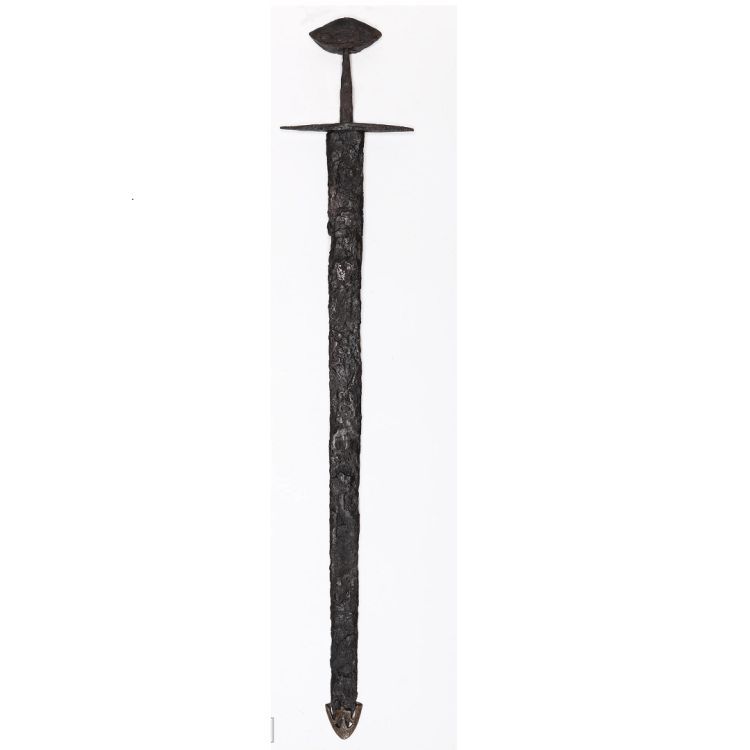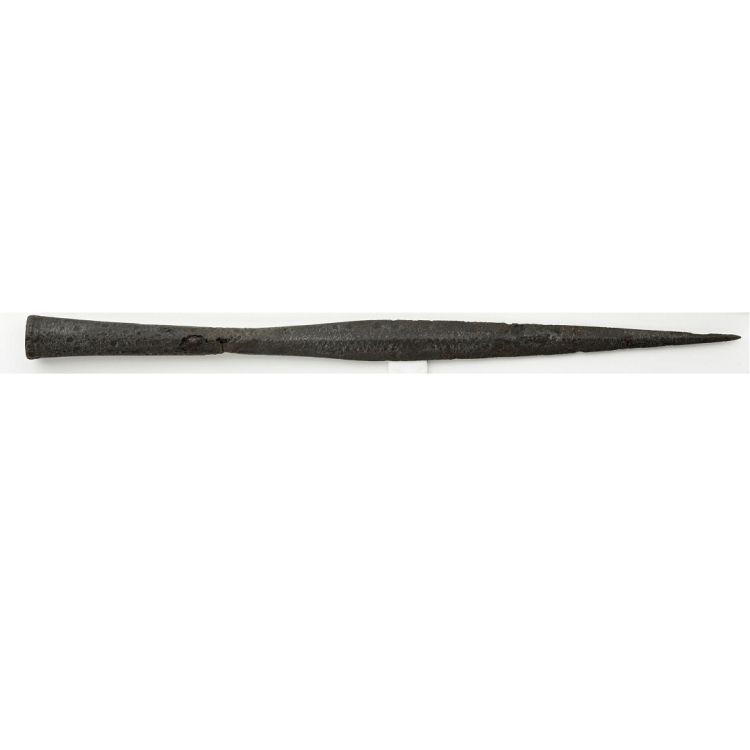- English
- History
- Saxons
Vikings

Directly designed to assist with the requirement to study the Viking and Anglo-Saxon struggle for the Kingdom of England to the time of Edward the Confessor in the Key Stage 2 National Curriculum, our incredible resources will bring this topic to life right in front of your pupils eyes.
Online Learning Resource
KS2
Free
Resource Information
We have designed the resources below to help your pupils learn, whether they are in the classroom or at home. They will also support and complement a visit.
Download the Vikings Teachers Pack (pdf, 158 KB) for helpful information and tips on how these resources can assist in your lesson planning.
If you are planning to visit the Royal Armouries in Leeds check out our Vikings: Raider vs Trader Workshop.
Videos
You can watch the full playlist on YouTube or if you are having trouble viewing the YouTube video on this page, it is likely because you have rejected those cookies that allow them to work. You can either adjust your cookie settings and accept the “Targeting cookies” or you can watch it on YouTube.
Time Travel Radio
A Viking trader in Jorvik
Download the transcript of "Time travel radio - Viking trader in Jorvik" (Word, 24 KB)
Learning packs and resources
Vikings home learner pack (pdf, 1 MB)
Vikings Teachers Pack (pdf, 139 KB)
Contact our communications team if you require documents in an alternative format.
Photo Bank
All the below images are from our collection and will enhance students visual understanding of the Vikings.
Click/tap the image to reveal more information, including a link to further information and more images of the object.
You are more than welcome to use the images in your lessons and other non-commercial education. If in doubt, please download our Copyright Policy (pdf, 93 KB) or contact our licencing team.
Viking Weapons
Contact Information
Please contact us to make a booking or if you have any questions.
Email address
educate.leeds@armouries.org.uk
Telephone
07785 692 443
Postal address
Education Team
Royal Armouries Museum
Leeds
LS10 1LT
United Kingdom
